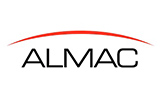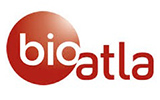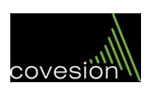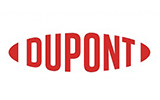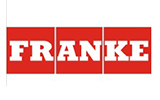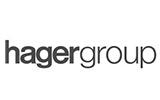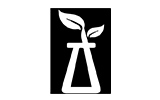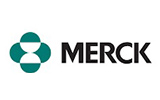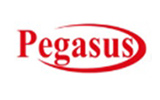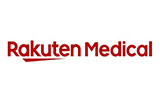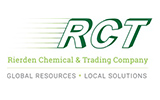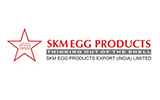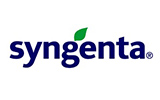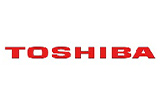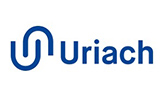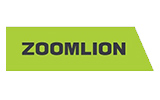TABLE OF CONTENTS
1. INTRODUCTION
1.1. Market Overview
1.2. Market Definition
1.3. Scope of the Study
1.4. Market Segmentation
1.5. Currency
1.6. Assumptions
1.7. Base and Forecast Years Timeline
1.8. Key benefits for the stakeholders
2. RESEARCH METHODOLOGY
2.1. Research Design
2.2. Research Process
3. EXECUTIVE SUMMARY
3.1. Key Findings
3.2. Analyst View
4. MARKET DYNAMICS
4.1. Market Drivers
4.2. Market Restraints
4.3. Porter's Five Forces Analysis
4.3.1. Bargaining Power of Suppliers
4.3.2. Bargaining Power of Buyers
4.3.3. Threat of New Entrants
4.3.4. Threat of Substitutes
4.3.5. Competitive Rivalry in the Industry
4.4. Industry Value Chain Analysis
5. VIETNAM PROBIOTICS MARKET BY APPLICATION
5.1. Introduction
5.2. Functional Food and Beverages
5.3. Dietary Supplements
5.4. Animal Feed
6. VIETNAM PROBIOTICS MARKET BY END-USERS
6.1. Introduction
6.2. Human
6.3. Animal
7. VIETNAM PROBIOTICS MARKET BY FUNCTION
7.1. Introduction
7.2. Regular
7.3. Preventative Healthcare
7.4. Therapeutic
8. VIETNAM PROBIOTICS MARKET BY TYPE
8.1. Introduction
8.2. Lactobacillus
8.3. Streptococcus
8.4. Bifidobacterium
8.5. Spore Formers
8.6. Others
9. VIETNAM PROBIOTICS MARKET BY FORM
9.1. Introduction
9.2. Liquid
9.3. Dry
10. COMPETITIVE ENVIRONMENT AND ANALYSIS
10.1. Major Players and Strategy Analysis
10.2. Market Share Analysis
10.3. Mergers, Acquisitions, Agreements, and Collaborations
10.4. Competitive Dashboard
11. COMPANY PROFILES
11.1. Yakult Honsha Co Ltd
11.2. PAN Group
11.3. BioGaia
11.4. Kirin Group
11.5. Morinaga Milk Industry


